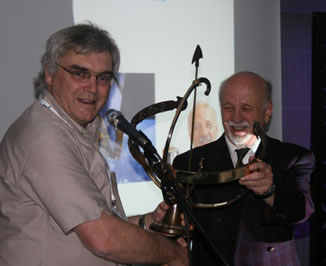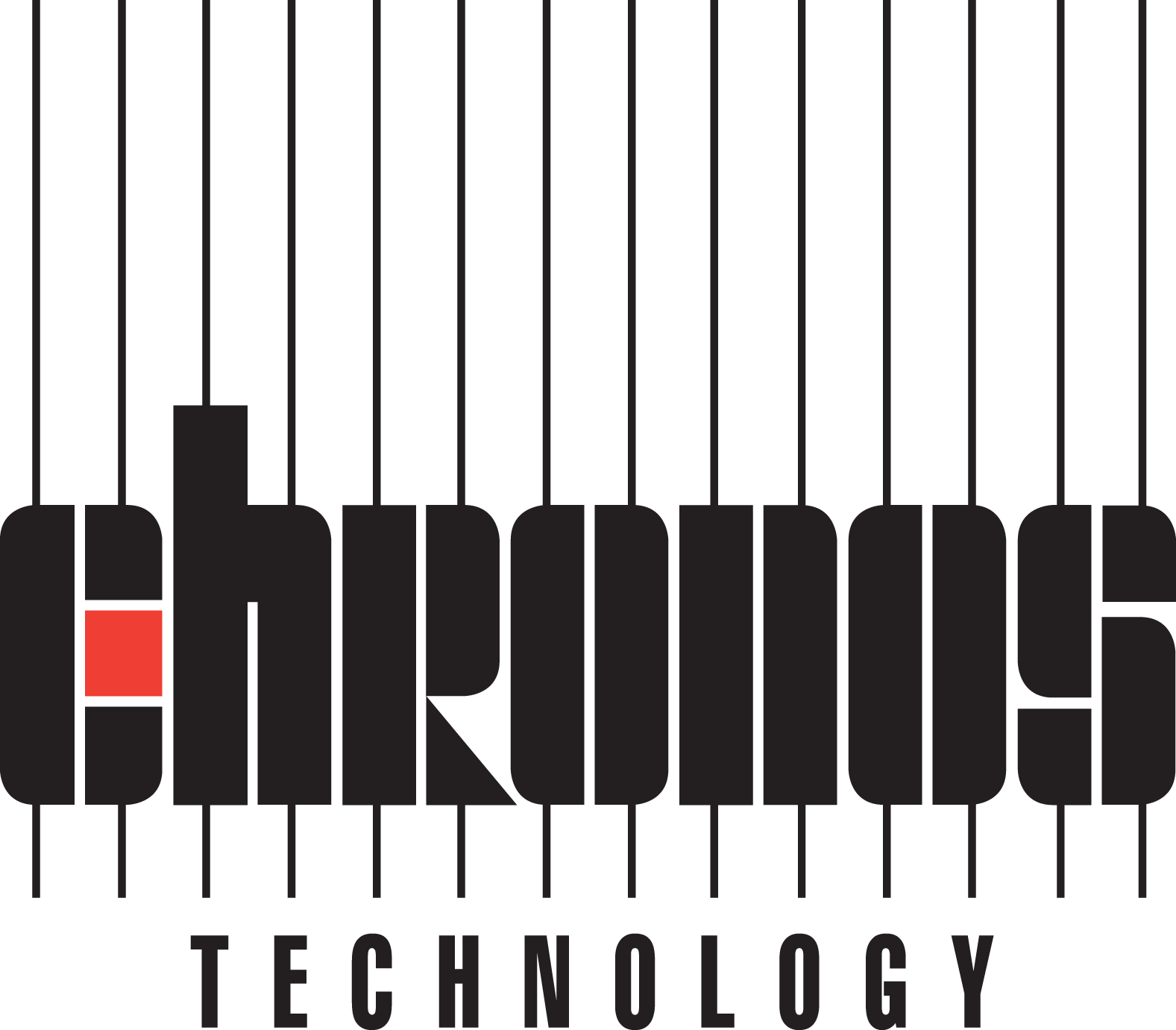Giovanni Busca studied physics at the University of Turin, Italy, where he obtained his PhD in Physics in 1964.
First Research in Italy (1965-1970)

He did his first steps as a researcher in Turin at the Instituto Elettrotechnico Nazionale Galileo Ferraris (IEN) in the field of solid state electro- and thermo-luminescence. It is also here that he collaborated on a patent, the first of many, called « SMODOS (Self Modulating Derivative Optical Spectroscopy).
Laval University, Québec, Canada (1970-1977)
Then came a fruitful period at the Laval University in Québec, Canada, where he worked with Jacques Vanier. It is here that he got involved for the first time with the time & frequency domain. From 1970 to 1972 he worked on picosecond light pulses generated by lasers, and on atomic clocks at the University’s Institute of Physics. From 1972 to 1977 he was first adjoint and then associate professor at the University’s Electrical Engineering Department. His research covered the following fields:
- Development of an RF discharge optically pumped rubidium maser in collaboration with M. Tetu (discovery of a cavity setting compensating the light shift)
- Research on the active hydrogen maser (magnetic inhomogeneity, cavity tuning)
- Research on laser pumping (double optical-microwave resonance in Na gas cell)
Sabbatical Leave in Several Labs (1977-1978)
During the years 1977 and 1978 he took a sabbatical leave during which he visited NBS ( Note 1 ) (now NIST) in Boulder (Colorado, USA), then IEN ( Note 2) in Torino (Italy), and finally Oscilloquartz in Neuchâtel (Switzerland). During these stays he deepened his research involvement in atomic clocks. At NBS he worked on the passive hydrogen maser together with Fred Walls. At IEN his interest was in RF lamp pumped cesium gas cells. With Oscilloquartz he started innovative work on an active maser operated in passive mode.
Note 1: NBS = National Bureau of Standards
Note 2: IEN = Instituto Elettrotechnico Nazionale
Oscilloquartz SA, Neuchâtel (1978-1988)
His short sabbatical at Oscilloquartz turned into a much longer affair, since he stayed for 10 years as Director of Research in Frequency Standards; he managed a team of about 10 scientists who developed cesium beam tubes based on magnetic selection and laser pumping. His own research was about hydrogen masers and rubidium cells. He developed an auto-tuning technique for passive hydrogen masers which was patented and which is now being used in the Galileo satellites. He then developed the EFOS-A (Note 3) active hydrogen maser which was produced by Oscilloquartz and deployed in several locations around the world for radioastronomy applications (Wettzel station in Germany, US National Radioastronomy Observatory, NRAO, in Socorro, New Mexico, a.o.). Last but not least he developed a miniature passive rubidium cell of 1 cc volume, the size record at the time; this design was later to become a successful commercial product.
Note 3: EFOS = Etalon de Fréquence Oscilloquartz
Neuchâtel Observatory (1988-2001)
Management of the Institute
In 1988 he was appointed Director of the Neuchâtel Observatory (Observatoire Cantonal de Neuchâtel). He kept this position until his official retirement in 2001. During these years he built up and managed a research team in the field of atomic clocks, starting with 5 collaborators who had followed him from Oscilloquartz, and expanding it to a team of 30 people, mainly physicists. Under his leadership the Observatory became an internationally renowned and recognized institute in the field, the leading one in Europe. Among many other things, the institute developed the Swiss cesium standard (lead scientist: Pierre Thomann) which is now operated by METAS( note 44) (i.e. the Swiss standards lab) and contributes to UTC. The institute also ran a long-term project for the measurement of the ozone layer known as LIDAR (Light Detection and Ranging).
Note 4: METAS = Métrologie et Accréditation Suisse
Research
Besides running the institute, Giovanni Busca devoted a large part of his time to the continuing development of hydrogen masers and rubidium frequency standards:
- Rb standard for ground applications (development of a 250 cc industrial Rb oscillator)
- Rb standard for space applications (development of the S-RUSO : Space Rb Ultrastable Oscillator for ESA (note 5) and for the Russian Radioastron VLBI satellite)
- Active H masers for ground applications (EFOS-B, EFOS-C, used in deep space spacecraft tracking, e.g. Ulysses)
- H masers for space applications :
- 50 kg active SHM(note 6) (initially developed for the Russian satellites Meteor 3M and Radioastron, used in a red-shift experiment)
- 35 kg active SHM (development of an engineering model for the International Space Station ISS)
- 12 kg and 10-12•τ -1/2 @ 1 day passive SHM for Galileo satellites (in collaboration with Vremya CH & Selex Galileo, transfer for production to Spectratime)
Giovanni Busca’s second field of interest was clock synchronization of navigation satellites; in this area he studied and developed time transfer techniques and architectures for the synchronization of the Galileo satellites and some deep space probes.
Note 5: ESA = European Space Agency
Note 6: SMH = Space Hydrogen Maser
Academic Activities
- Associate Professor, University of Neuchâtel, Switzerland
- Contribution to the founding of the EFTF (European Frequency and Time Forum)
- Chairman of the 4th EFTF in Neuchâtel in 1990
- Membership :
- RISC (Radioastron International Scientific Committee)
- ESA Fundamental Physics Advisory Group
- Chairman of the ACES users group (Atomic Clock Ensembles in Space)
- Scientific Committee of the EFTF
Spin-offs
The research activities of the Neuchatel Observatory led to many industrial product realizations, some through the founding of spin-off companies. Spectratime was founded in 1995 (initially under the company name of Temex Neuchâtel Time, CEO: Pascal Rochat); they produce and sell commercial rubidium oscillators (ground and space applications) and hydrogen maser physics packages (space applications). T4Science, Neuchâtel, was founded in 2006; they are active in the production and maintenance of active hydrogen masers derived from EFOS-C (ground applications, presently over 70 in operation worldwide, e.g. as part of the Galileo Precise Timing Facility).
From August 2001 to now
After his official retirement he founded his own consultant company under the name of KYTIME Sarl. Among other things KYTIME consults for ESA5, Spectratime and Selex Galileo in the design, qualification and industrializion of the passive hydrogen maser for the Galileo satellites. KYTIME also developed Galileo’s ground and space time synchronization system in collaboration with Alenia Space.
Recent Awards
- In 2011 he received the EFTF Marcel Ecabert Award « in recognition of a career successfully devoted to the development of atomic frequency standards, and for his major contribution to the establishment of an industrial infrastructure for ground and space clocks at the European level »
- This year the ITSF has the honor to present the 2012 ITSF Time Lord Award to Giovanni Busca for his contribution to the development of technologies which are essential to the synchronization and thus to the operation of telecommunications networks.
